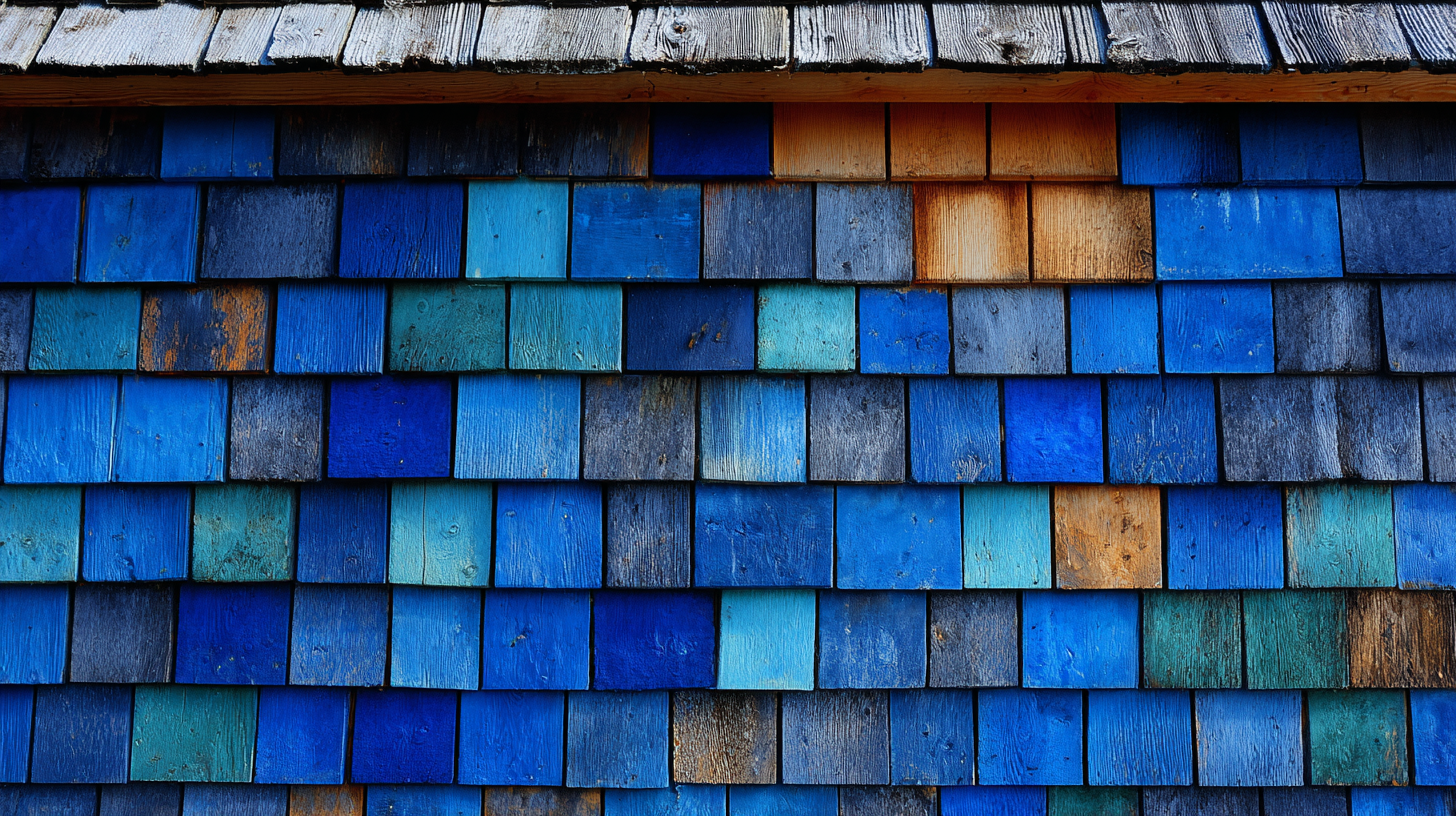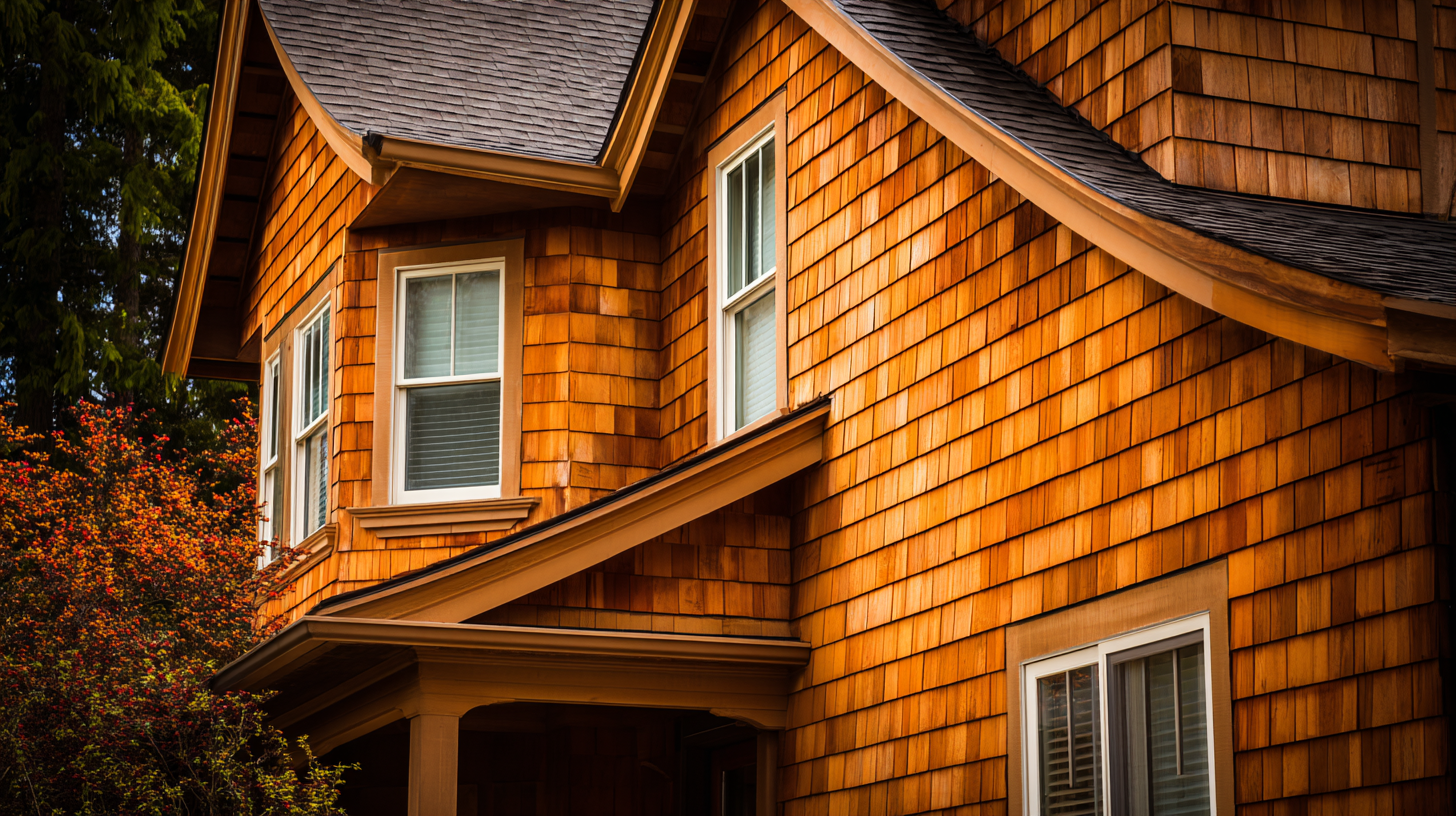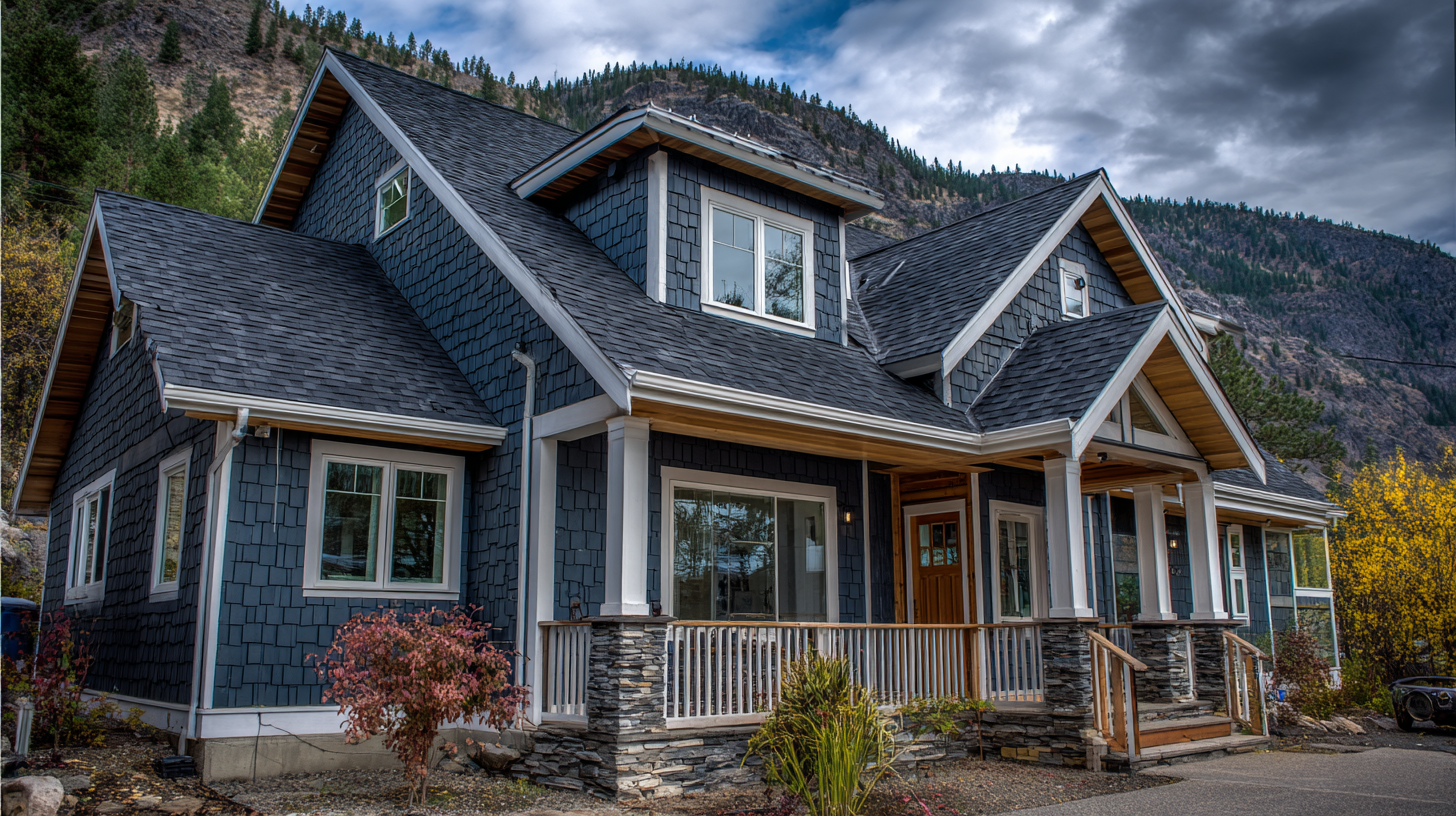How to Choose the Best Shingle Siding for Your Home Based on Durability and Cost
When it comes to enhancing the exterior of your home, choosing the right shingle siding is crucial not only for aesthetics but also for durability and cost-effectiveness. According to the latest industry report by the Siding Institute, homeowners spend an average of $10,000 to $15,000 on siding installation, highlighting the importance of making an informed decision. The selection process can be daunting due to the variety of materials available, each with its own pros and cons. As noted by siding expert John Helms, "Selecting the right shingle siding can significantly impact your home's energy efficiency and long-term maintenance costs."

Durability is a key factor in the longevity of shingle siding, with some materials lasting over 50 years. Vinyl shingle siding, for instance, is known for being low-maintenance and resistant to harsh weather conditions, while wood and fiber-cement options offer a natural aesthetic but may require more upkeep. Cost considerations are also paramount; understanding the initial investment versus long-term savings can lead to better financial decisions. By examining the balance between durability and cost, homeowners can ensure they choose shingle siding that not only enhances their home’s curb appeal but also remains resilient against the elements over time.
Choosing the Right Material: Comparing Wood, Vinyl, and Fiber Cement Shingles
When selecting the best shingle siding for your home, it's crucial to consider the durability and cost-effectiveness of the materials available—primarily wood, vinyl, and fiber cement. Each material has its unique set of advantages. According to a recent survey by House Digest, homeowners showed a strong preference for vinyl siding due to its affordability and low maintenance features. Vinyl siding is not only cost-efficient but has also been reported to withstand harsh weather conditions effectively. Recent tests highlight several brands that excel in protective qualities while maintaining reasonable pricing, making it an appealing choice for many homeowners.
In contrast, wood shingles offer a classic aesthetic but require more upkeep to prevent rot and termites. On the other hand, fiber cement shingles have emerged as a frontrunner in the siding market, thanks to their eco-friendly properties and resistance to fire, pests, and extreme weather. Consumer Reports indicates that fiber cement not only offers durability but also provides significant long-term savings through energy efficiency and lower maintenance costs. The material's ability to hold paint and resist fading also adds to its allure, making it a smart investment for homeowners looking for lasting value.
How to Choose the Best Shingle Siding for Your Home Based on Durability and Cost
| Material | Durability (Years) | Cost per Square Foot ($) | Maintenance Level |
|---|---|---|---|
| Wood | 20-30 | 5-10 | High |
| Vinyl | 20-40 | 2-7 | Low |
| Fiber Cement | 30-50 | 3-9 | Medium |
| Metal | 40-70 | 6-12 | Low |
Evaluating Durability: Factors That Affect the Lifespan of Shingle Siding
When selecting shingle siding for your home, evaluating durability is crucial. The lifespan of shingle siding can be influenced by several factors, including the materials used, local climate conditions, and maintenance practices. According to the American Society of Home Inspectors, wood shingles typically last between 20 to 30 years, while fiber cement shingles can endure up to 50 years, making the latter a more durable option. The choice of material not only affects longevity but also impacts resistance to elements like moisture and UV rays.
Climate is another significant factor in determining the durability of shingle siding. Homes in regions with extreme weather fluctuations, high humidity, or heavy snowfall may experience accelerated wear and tear. A study from the National Association of Home Builders indicates that homes in coastal areas face an increased risk of mold and rot, making vinyl or composite shingle siding a more suitable option due to their moisture resistance and reduced maintenance needs. Consistent upkeep, such as regular inspections and cleanings, can also extend the life of shingle siding, ensuring that homeowners get the most out of their investment.
Cost Considerations: Balancing Quality and Affordability in Your Selection
When selecting shingle siding for your home, cost considerations play a pivotal role in balancing quality and affordability. The recent trends in the housing market indicate that many homeowners are under pressure due to significant price growth, necessitating careful budgeting and selection. Durable materials often require a higher initial investment, but their longevity can lead to cost savings in the long run. This is particularly important in regions where housing costs have surged, making it essential to choose materials that withstand local weather conditions without needing frequent replacements.
Moreover, as home maintenance increases in importance amid rising living costs, homeowners should prioritize products that offer a combination of aesthetic appeal and resilience at reasonable prices. Exploring local suppliers and evaluating their offerings can reveal hidden gems that meet both quality standards and financial constraints. By focusing on affordability without compromising on durability, homeowners can make informed decisions that enhance the value of their properties while keeping expenses manageable.
Shingle Siding Durability and Cost Comparison
Maintenance Requirements: Long-Term Care for Different Shingle Types
When selecting shingle siding for your home, understanding the
maintenance requirements
for different materials is crucial for long-term care.
 Cedar shingles, while visually appealing, require regular sealing and treatment
to prevent mold and rot. According to a report by the
American Wood Council, untreated cedar can
deteriorate quickly in damp climates, necessitating maintenance every
3-5 years. In contrast,
fiber cement shingles offer greater durability and
require minimal upkeep; a coating every 10-15 years
may suffice to maintain their appearance.
Cedar shingles, while visually appealing, require regular sealing and treatment
to prevent mold and rot. According to a report by the
American Wood Council, untreated cedar can
deteriorate quickly in damp climates, necessitating maintenance every
3-5 years. In contrast,
fiber cement shingles offer greater durability and
require minimal upkeep; a coating every 10-15 years
may suffice to maintain their appearance.
Tips: Choose a shingle type based on your local climate and the maintenance you are willing to commit to. If you prefer lower maintenance, fiber cement may be your best choice.
Vinyl siding, often favored for its cost-effectiveness, also demands less attention than wood alternatives. A study from the Vinyl Siding Institute estimates that vinyl products require cleaning once a year to maintain their appearance, making them a practical choice for busy homeowners. Understanding the specific needs of each shingle type helps ensure that your investment stands the test of time, providing both durability and aesthetic appeal.
Tips: Always check the manufacturer's guidelines regarding cleaning and maintenance to ensure longevity and warranty coverage.
Aesthetic Appeal: How Style and Color Impact Your Shingle Siding Decision
When choosing shingle siding for your home, the aesthetic appeal cannot be overlooked. The style and color of your siding play a crucial role in shaping first impressions and influencing potential buyers' perceptions of your home’s value. A well-selected color can enhance your home’s architectural features and contribute to its overall charm. It’s essential to consider how different hues will interact with your landscape, neighboring homes, and even the climate of your area, as these factors can affect how colors appear throughout the day.
Experts suggest that opting for timeless colors can often yield the best results, ensuring that your home remains attractive over the years. Additionally, consider the style of your home when selecting siding; a traditional home may benefit from classic colors, while a modern design might shine with bolder, contemporary shades. Ultimately, by thoughtfully coordinating style and color, you can create a striking aesthetic that not only boosts your home's curb appeal but also ensures its enduring attractiveness in a competitive market.

Related Posts
-

Transform Your Home with Stunning Board and Batten Vinyl Siding Design Ideas
-

The Ultimate Guide to Choosing the Best Vinyl Sliding Doors for Your Home
-

How to Choose the Best Vinyl Shake Siding for Your Home in 2025
-

Enhancing Your Living Space: The Benefits of Installing a Sliding Back Door
-

The Ultimate Guide to Choosing Vinyl Shake Siding for Your Home Renovation Project
-

The Ultimate Guide to Choosing Insulated Vinyl Siding for Your Home Energy Efficiency

